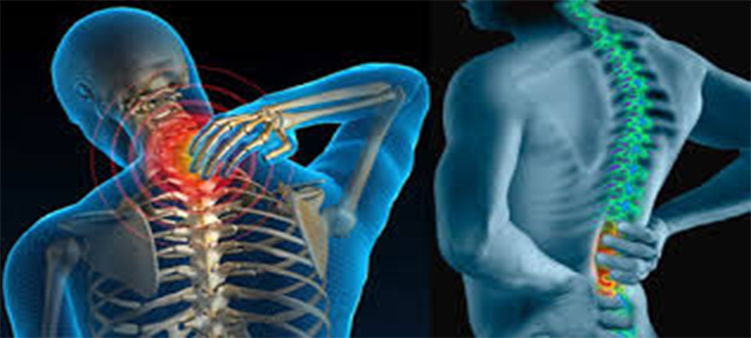
Living with a spinal cord disease can be
incredibly demanding. Thats why Paralyzed Veterans of America membership
offers resources and benefits to veterans who have several types of spinal
cord diseases. Armed with knowledge and information, you and your doctor can
make the right choices about managing these diseases and disorders.
* Multiple Sclerosis (MS)
* Amyotrophic Lateral Sclerosis (ALS)
* Lupus
* Spina bifida
* Spinal stenosis
* Syringomyelia (SM)
* Transverse myelitis
Explore our resources below about spinal cord diseases, and talk to us if
you need help understanding and selecting treatment options.
Multiple Sclerosis (MS) is a disease of the central nervous system, and
is the most common neurolgical disorder in young adults. It is a chronic
disease that is often disabling, but isnt fatal. Most people with MS
live productive lives and learn to cope with their symptoms and
limitations.
Cause
Although the exact cause is unknown, current medical opinion is that it
is an abnormal response of the body immune system, causing it to attack
itself also known as an autoimmune disease. When the body myelin (a rich
layer of special fatty substances around each nerve fiber) repairs
itself, it is scarred this destruction of myelin is called
demyelination. Demyelination can cause nerves to signal each other
abnormally, which produces the symptoms of MS.
Symptoms
MS symptoms can include loss of balance and coordination, blurred vision
or blindness, problems speaking, tremors, numbness, extreme fatigue,
memory loss and difficulty concentrating, paralysis and more. Symptoms
vary from person to person, and people with MS can experience one of
four courses of the disease. The National MS Society website outlines
each of the four courses:
* Relapsing-Remitting MS (RRMS)
* Primary Progressive MS (PPMS)
* Secondary-Progressive MS (SPMS)
* Progressive-Relapsing MS (PRMS)